#wonders of the world
Text
What a colorful world ❤️🧡💛💚💙💜
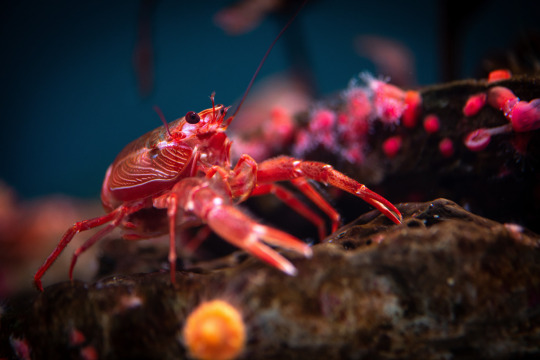



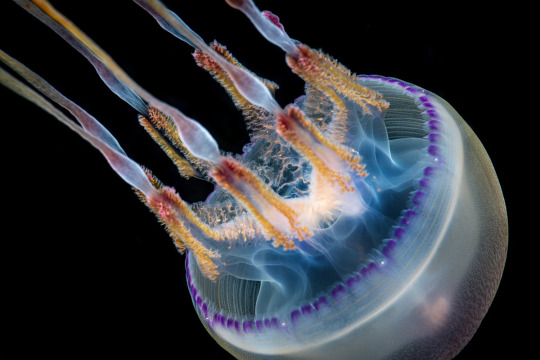
Diving into a world of vibrant hues and underwater wonders at the Aquarium! 🌈🐠✨
#monterey bay aquarium#wonders of the world#i sea seas of greens#pink hopkins roses too#the colors of the rainbow so pretty in the sea
3K notes
·
View notes
Text
so many of us haven't seen it
we don't encounter it, we can't imagine it, we can't get out of the tomb of apathy because we haven't seen the wonders just beyond their line of sight
I talk about this all the time, but it's because I think about it all the time
There are likely thousands of plants native to the area you live in, and chances are you have never even seen most of them, in your entire life.
Not even rare orchids that only bloom at midnight on a blood moon or some shit—regular flowers. Weeds. They have been systematically eliminated from every single place you ever set foot in, and you have to have a special hobby or line of work to ever even rest your eyes upon the flowers that used to bloom for no one on every hill, or in every valley, or beside every stream
There are a few hundred birds that live where I live. I have never seen most of them before. I have never seen a Kentucky Warbler, and I have lived in Kentucky for what...twenty years?
I have never seen a rosy maple moth. When I saw one on the internet, I didn't even think it was real.
I've become a deeply weird person over the past couple years. Tasting even a little bit of the Wonders changes you. I wouldn't have thought blue bees were real, or the fantastically rainbow-colored dogbane beetles.
I have seen the world beyond the wasteland, and that glimpse makes you crazy.
You or I may have never seen a truly mature tree. A fraction of a percent of the old growth forest of the Eastern USA remains. Once there were tulip poplars over 6 feet in diameter and sycamores well over 10 feet in diameter. Only a few remain, in secret locations. Imagine walking through a forest where the tree trunks are over 3-4 feet wide.
The forest where I work is 100 years old. That's a baby forest.
Knowing that, being aware of that, it's maddening.
Central Kentucky has disproportionately few endemic plants. Almost none. Central Kentucky was the first area west of the Appalachians settled by European colonizers. The Bluegrass was once described as having the most peculiar plant life anywhere in the East, but now, there are no species known that are unique to that area.
Colonization destroyed the canebrakes. (Did you know that we had vast forests of bamboo full of carnivorous plants?) The bamboo is barely hanging on. It destroyed the sycamores so enormous you could use the hollow center of one as a stable for animals. It introduced invasive grasses to feed cattle and horses. It destroyed the rich lush topsoil. Most of the ancient oaks were cut down or died when housing developments were built on top of their roots.
What happened to the endemic species, never recorded in books of herbs, never sketched by a European naturalist.
Either gone forever...or hiding in a sinkhole on a backroad somewhere, not even yet discovered.
So much has been lost for eternity. So much still could be lost.
Some days it's hard not to wail and scream. There are herbicides in your drinking water. When you spread honey on toast, you likely also spread neonicotinoid pesticides, which testing has confirmed to be present in something like 45% of honey. In many areas, insects are immersed in the presence of chemicals designed to kill them in every drop of water, every leaf, every square inch of soil.
When games, animations, and illustrations envision the outdoors, they cover the ground with a short, uniform carpet of green, because that is what we see, no matter where we go: turfgrass cut by a lawn mower. Where I live, there are no natural environments that resemble this, remotely. The closest thing we have to turf-forming grass is our wealth of native sedges, most of which are rare or endangered.
I talked to a man who had devoted his life to studying the American bamboo, Arundinaria gigantea, and he had never seen a canebrake larger than 200x500 feet. Canebrakes once covered ten million acres, and now the bamboo exists in short, straggly clumps instead of dense bamboo forests up to 40 feet tall.
I want to cry and scream. The grief will tear me to pieces. I live in a post-apocalyptic wasteland, surrounded by people who can't even grieve, because they have been so completely severed from everything that was lost that they don't even know it was real.
It hurts. It hurts, and we have to live with it. It hurts, and the grief is all-consuming.
There is the agony, and there are the Wonders. Both are true at the same time. It is because nothing around us is standing still; everything in nature is always moving, iterating, becoming. Something is pulling and nudging at our species, urging us to move, to iterate, to become.
So much has been lost. Even more is not lost.
The trees, the bamboo, the sedges, the Kentucky warblers and rosy maple moths.
They are not lost. We are lost.
This is the hard part. The grief is hard, but this is somehow harder for us. We are lost, and it is time to come home.
Not to a physical place, but to a way of living: interconnected, mutualistic, interdependent. Symbiosis. In the forest, no one is separate from anyone else, everyone is linked and dependent on the community. Trees help each other, they support each other, they protect and shelter and feed one another and all living things, and together they are a forest. I don't really consider myself religious, but I have to reserve something in my head for how it felt to realize what Forest was.
When I noticed the little plants popping up in the sidewalk cracks and gravel paths, the tough weeds holding on in the lawns and pavement, something in my brain began to change dramatically and permanently.
They're still here. The trees. Even in the pavement and lawns. The dandelions have come, adapting rapidly, helping the bees hold on. The wildflower seeds are still sprouting in this depleted ground. Waiting for us to recognize them. Life is everywhere. The Forest is everywhere. It felt like they were waiting. We're here. We have not abandoned you. We are resilience, persistence, survival, adaptation. This is not death. This is Chaos. Come home. Come home. Come home.
I saved little plants from the roadside and tended them in plastic cups. I didn't think it would work. I don't know why I tried. I was acting as something bigger than only myself, responding to a call that moves throughout all of nature. But they survived, and growing and tending to my little plants and trees, I—understood.
I don't know if I believe in God, but I believe in Something, whatever it was that seemed to whisper like a secret: Welcome home, Caretaker.
And honestly, truth shone through then from relics of religion I hadn't touched in ages; God put Adam in a garden, not a suburb, a mall, or a Walmart. This is who you are. Not a Consumer, but a Caretaker.
And when the threat of the Flood loomed, God told Noah to start building a fucking boat.
In ecology, the plants we know as "weeds" are pioneer species: the first species to return to an area after a natural disaster or mass extinction. They survive in the harshest conditions, and prepare the land for regeneration. This is who you must become.
Look to the Dandelion—in just a few hundred years on this continent, Dandelion has risen to the highest calling of a Weed: first survive where the others can't, and then help the others survive. If the human species is to survive, you must be a weed species. You must adapt relentlessly, resist eradication, and protect and nurture other life forms by your very nature. You must be tough as nails, and make the world a gentler place through your survival.
Have you heard the saying that grief is love with no place to go?
That's the hard part.
We must grieve, but it is not yet time to grieve. It is time to love.
2K notes
·
View notes
Text

biblioteca palafoxiana, the first and oldest library in the americas (1646–). puebla city, puebla, mexico.
81 notes
·
View notes
Text

#mine#my pictures#my picture#photography#my photography#amateur photography#egypt#ägypten#egypte#gizeh#gizeh pyramids#pyramids#piramide#piramides#cairo pyramids#cairo#cairo egypt#seven world wonders#world wonders#wonders of the world#camel#camels#kameel
39 notes
·
View notes
Text
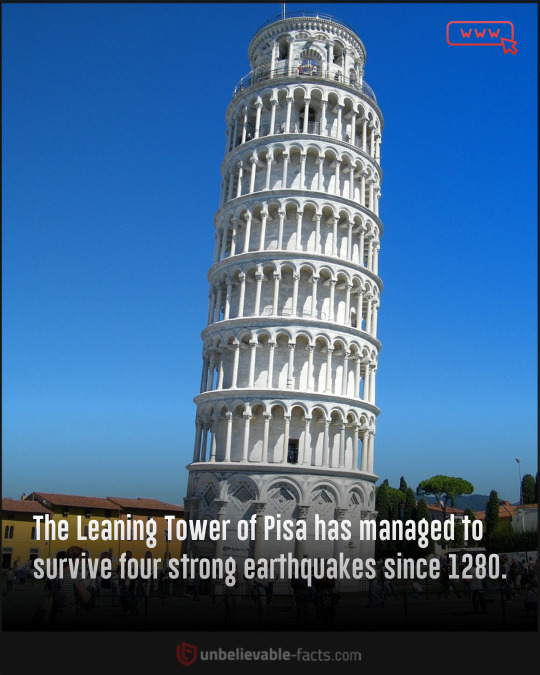
KNOW MORE
106 notes
·
View notes
Text

Taj Mahal is even more beautiful irl <3
#yes i've clicked this pic 😌#agra#taj mahal#wonders of the world#desi#desi teen#desiblr#desi culture#desi stuff#just desi things#desi aesthetic#India#india#photography#photooftheday#beautiful photos
86 notes
·
View notes
Text
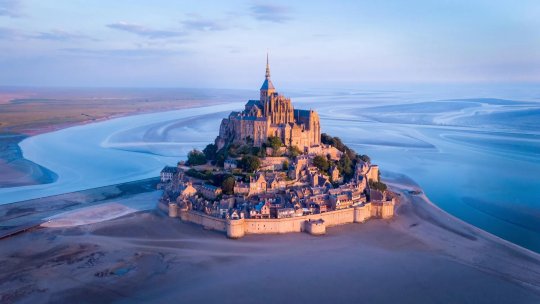
Thanks to: @omg-lucio
Mont Saint-Michel (Normandie, France).
37 notes
·
View notes
Text

The Dome of the Rock is one of the most beautiful and historically important landmarks in Palestine!
🇵🇸💛🇵🇸
🇵🇸💙🇵🇸
#history#al aqsa#dome of the rock#jerusalem#palestine#architectural history#middle east#islam#landmarks#medieval#palestinian history#abrahamic religions#Islamic golden age#prophet muhammad#islamic history#free palestine#wonders of the world#medieval history#architecture#holy sites#historical landmarks#nickys facts
28 notes
·
View notes
Photo






(via Rome Comes to Life in Photochrom Color Photos Taken in 1890: The Colosseum, Trevi Fountain & More | Open Culture)
#Rome#Vintage Photography#photochrom#Photochrom Color Photos#1890#The Colosseum#trevi fountain#the pantheon#Open Culture#ancient histor#Architecture#Wonders of the World#Travels 2023#Italy
24 notes
·
View notes
Text
They should find the oldest pot of perpetual stew and name it the 8th wonder of the world
6 notes
·
View notes
Text
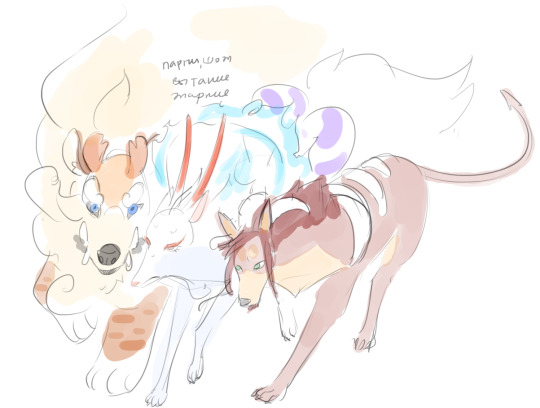


tbh i was just drawing Lemon last night

and just a bit of Alex being silly
#there's friend's leo as well#yamato doesn't count yamato is a canon character#also drawing lemon butt naked comes easier than drawing alex butt naked#wonders of the world
4 notes
·
View notes
Text
Interesting things I read this week.
3 notes
·
View notes
Text
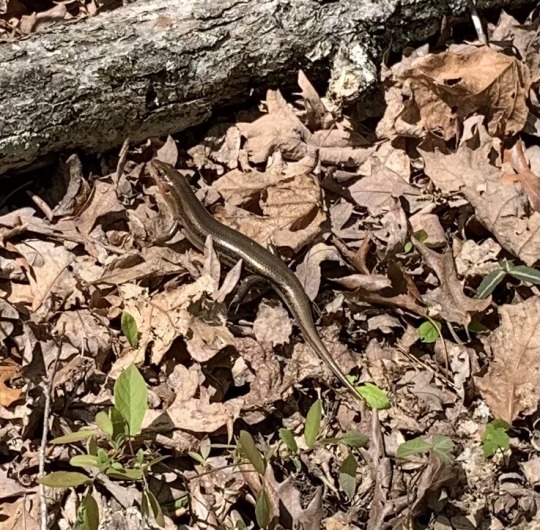


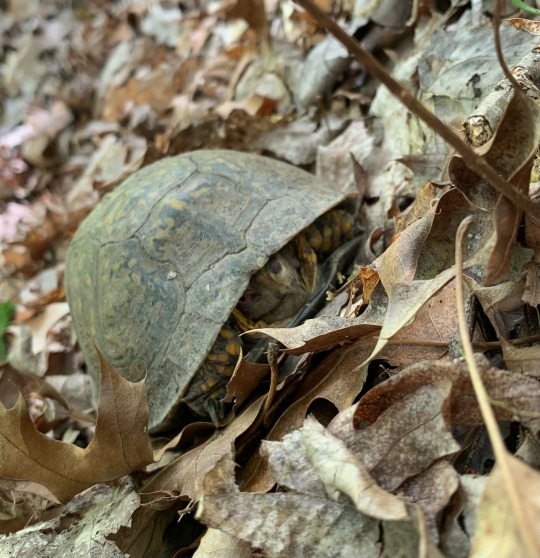
291 notes
·
View notes
Text

#mentoring#positivity#motivatedmindset#encouragesomeone#self reflection#focus#humanity#inspiration#pedagogy#think more#for educational purposes#reaching out for help#focused#be kind#critical thinking#why we can’t lift up each other#talk to each other#thinkpositive#wonders of the world#unconscious bias#believeinyourself#self care
2 notes
·
View notes
Text

#taj mahal#agra#aesthetic#nature#beautiful#indian#white#stonework#india#natural wonders#wonders of the world#culture#historic#historical
4 notes
·
View notes
Text

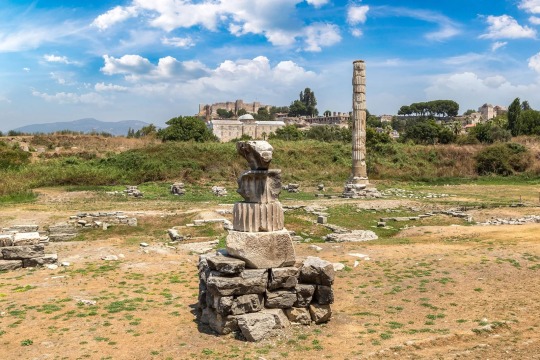







The Temple of Artemis at Ephesus 8th C. BCE.
"Those who first built temples to the Gods . . . Otrera, an Amazon, wife of Mars [Ares], first founded the temple of Diana [Artemis] at Ephesus."
-Hyginus, Fabulae 225
#artemis#ancient greece#antiquities#history#amazons#otrera#wonders of the world#literature#ares#pagan#paganism#temple#museums#asia minor
45 notes
·
View notes